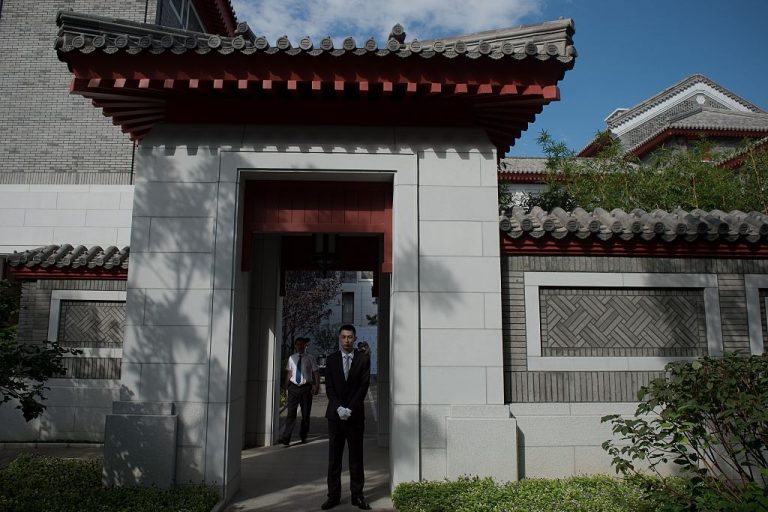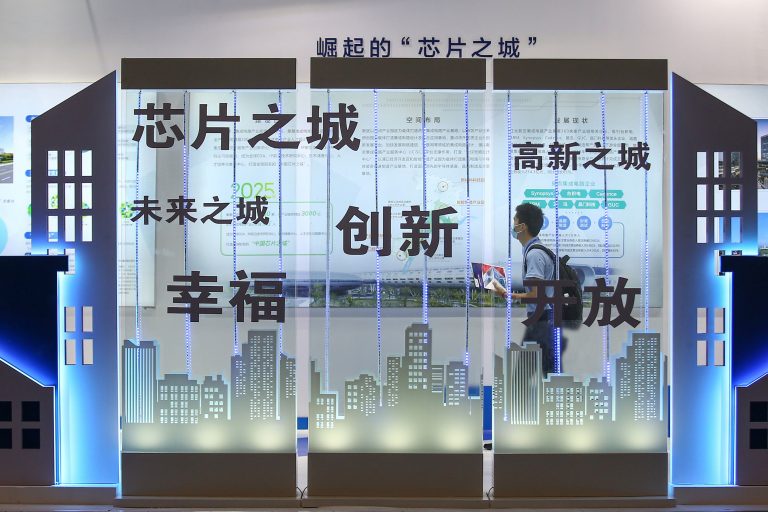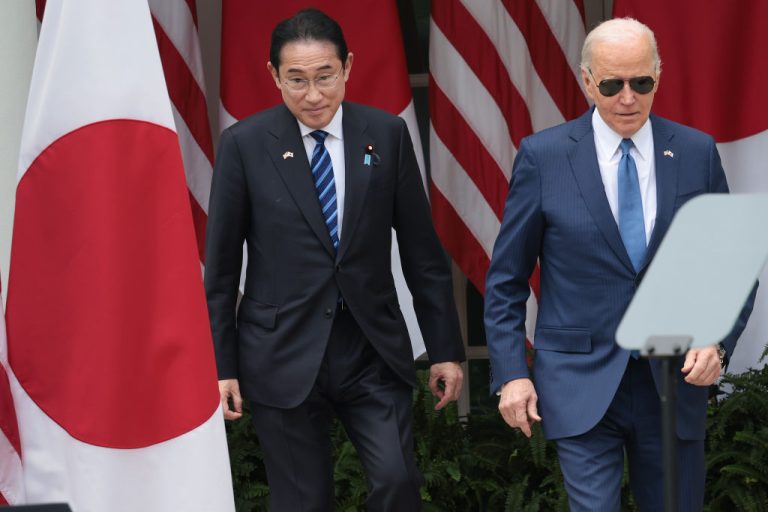At a recent lecture at Tsinghua University in Beijing, marketing expert and visiting professor, Zang Qichao, boasted about the Chinese Communist Party’s (CCP’s) strategy of modeling business practices and operations after stolen intellectual property (IP) and technologies from foreign companies. The act of plagiarizing includes corporate espionage, hacking, and construction of operational facilities through partnerships with foreign corporations that reside in mainland China.
Zang said, “We plagiarized wildly, copied wildly…What intellectual property rights? What patented technology? We’ll get it first and deal with it later.” He added, “When we look back, the factories are ours, the equipment is ours, the technology is ours, the patents are ours… The foreigners have all gone.”
A classic example of plagiarism occurred in the semiconductor industry, when Chinese company, Fujian Jinhua, was charged with stealing IP from the American company, Micron, and was later banned from working with American companies altogether.

Due to a lack of expertise in development, Chinese semiconductor companies sought out new hires from foreign contractors to be able to compete at the international level. The global superpower successfully recruited engineers from firms such as Samsung Electronics and SK Hynix of South Korea.
According to analyst Cheng Xiaonong, the former Chief Editor of Modern China Studies, the reason that Chinese companies lack motivation to innovate is because research and development involves risky and costly investments that may not pay off in the future. In contrast, stealing and copying popular products pays off immediately.
China’s asymmetric foreign policy weaponizes trade and entices foreign companies
Success
You are now signed up for our newsletter
Success
Check your email to complete sign up
Many Chinese companies are subsidized by the CCP and gain market share by outcompeting competitors with lower costs. Once cheap goods flood the marketplace and countries grow dependent on China to produce items at a low cost, commodities can then be used in trade weaponization to punish countries financially during international disputes.
During trade wars, China often penalizes countries through tariffs or bans on incoming goods. This past winter, despite experiencing power shortages, China banned coal imports and levied heavy tariffs on wine imports from Australia.
China also entices foreign companies to do business within its borders. Despite the fact that U.S. corporations regularly experience IP theft and hacking incidents from Chinese individuals and companies, businesses continue to seek access to lucrative Chinese markets.
Tesla’s new plant in Shanghai was meant to supply the Asian and European market, but after a recent crackdown by Beijing to bar government and military personnel from driving Tesla vehicles, it is yet to be seen whether the company will be pushed out of the country in favor of domestic producers of electric vehicles.

Healthy Japan-US competition spurred growth
Companies that copy U.S. business practices and innovations have actually benefited Americans in some cases, as evidenced by the rise of the Japanese automotive industry in the U.S. The Japanese relied heavily on reverse engineering of American cars to create its domestic automotive industry in the 1930s.
Japanese cars first entered the American market in the 1950s, but did not generate significant sales until the 1970s, after an oil embargo imposed by members of the Organization of Arab Petroleum Exporting Countries (OAPEC) on the U.S. led Americans to buy more fuel-efficient vehicles.
Eventually, the widespread importation of Japanese vehicles caused a trade imbalance that the Reagan administration addressed in 1981, when Japan agreed to limit the number of cars sold to the U.S. under a voluntary export restraint (VER) policy. The restrictions encouraged Japanese car companies to move some production to the U.S. and hire American workers.
Best practices in car production were shared between Japan and the U.S. beginning in 1984, when a joint venture between Toyota and General Motors resulted in the creation of the New United Motor Manufacturing, Inc. (NUMMI) plant in California. With the partnership and improved production standards, the Japanese automotive industry in the U.S. flourished and now supports over 1.6 million American jobs.
















